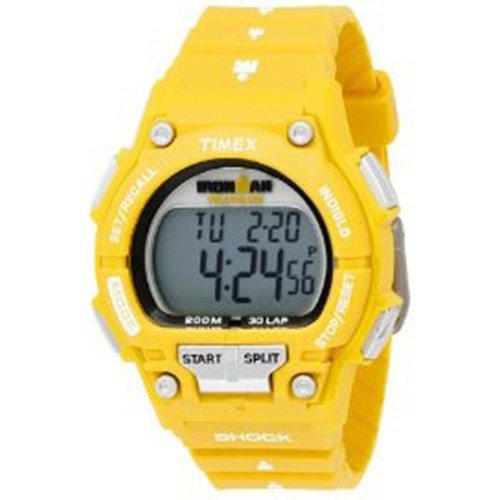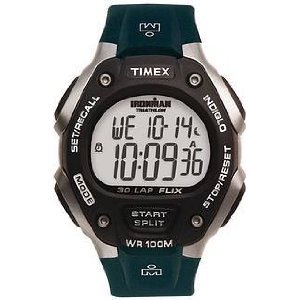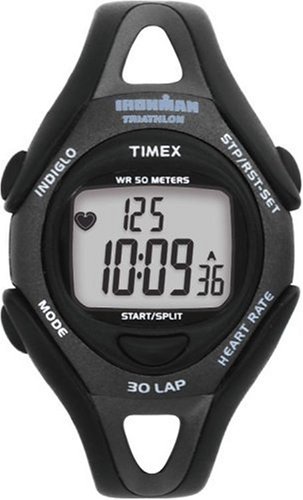Here are a few bits of information I've thought of along the way that may be helpful to you. Please read them. Some are extremely important and could have a profound effect on your Ironman effort......
1) As race-week approaches, avoid any changes in your sleep pattern if possible.
2) Don't make any last minute changes to your equipment. If you are trying anything new, make sure you try it out 3 or 4 weeks before the event. Two serious mistakes I made: In my first ever Ironman--buying new tubes for race-day and having the wrong size and finding out an hour before the swim start of the biggest race of my life. In another race, buying new goggles at the Ironman fair because they looked pretty cool--and they leaked through-out the entire race...... Don't even think it...
3) This is important! Don't get a bike-tune up just before the big race! Do it a month before or 3 weeks before and RIDE IT! These guys make mistakes and you don't want to find out on the race course or have a disaster just before the race.. One year I made this mistake. Before my last training ride, I had a new chain put on with only 8 days to go until race-day. The chain was not put on properly with the correct tension and flew off while I was standing up in the pedals. I ended up with a concussion and a broken collar-bone. My Ironman was over for the year--before it even started. I should have been more careful and not left it so late. Never should have happened.
4) Don't change your diet the week prior to Ironman. Stay with what got you there. If possible--get a room with kitchen facilities and buy your own food. Cook what you cook at home. Be careful at the carbo load. After one carbo load pre-race dinner I developed food poisoning and it greatly effected my race. BE CAREFUL!
5) Practice wet-suit stripping at home. Get used to reaching around and pulling the zipper down. On race-day, unzip it as soon as you get out of the water and pull it off your arms and down to your hips. As you approach the wet-suit strippers, just lay down and they will each take one side and pull it off and hand it back to you.
6) Sometimes there will be chafing on the back of the neck from swimming with a wetsuit. To be safe, you can put a patch of waterproof tape on that area and that will be more comfortable.
7) Races like Ironman Canada can be cool in the morning. When you head out on the bike I would suggest arm-warmers if it is cool at all. Take a pair of those long sports socks and cut them off at the heel. They will slip nicely up your arm and will keep you warm and then you can just toss them at an aid station along the way. Save your brand new, expensive arm-warmers for training.
8) If you use a fuel belt, you can leave a (old) water bottle at special needs with your drink supplement and re-fill your small bottles from that. Then just toss the water-bottle at an aid station.
9) Make sure you wear a hat on race-day. You must stay as cool as possible. Fill the hat with cool water or ice and put it back on your head. Use sponges regularly on face, neck and shoulders. This is really important on those super hot days.
10) This may seem radical to some, but it you're planning your first Ironman and have not ever done a short tri, don't worry about it. Some people will say......"Oh, its a good way to practice transitions." Hey! If you're at home, unzip your wetsuit, lay on the floor and have 2 people pull it off. Go into bedroom, put on cycling clothes, put on helmet. Go to living room--get on wind-trainer. Congratulations! You've just done transitions one! Get off wind-trainer, run to bedroom with cycling shoes and helmet on. Come out with running shoes and cap on. Congratulations! You've just done transition two!
My theory is this. There is really nothing in that one short tri that is going to help you on Ironman day. As a matter of fact you could have a problem somewhere on the course and just have a plain, bad day. Now what are you going to think about your upcoming Ironman if you have problems with a short course? It can REALLY damage your self-confidence. It can cause self-doubt. Leave it for Ironman day. I even left my first open-water swim for my first Ironman race day.
11) Flat tires do happen. Practice changing a flat until you know exactly how you will do it and what tools you will need on race-day. Practice on the rear tire, because 9 times out of 10 thats the one that will go flat.
12) Some times it can be little confusing how to pin your numbers on if its your first Ironman. Here is the simplest method. Use a number belt. It goes around your waist and is secured with some sort of clasp or velcro. I used to wear a trisuit under my wetsuit and would put the belt and number on before the swimstart (you would only use one number). Remember: It's on your back for the bike and your front for the run. With this method all you have to do is take off your wetsuit and put on helmet and bike shoes and your transition is basically done. When you leave run transition just flip the number around to the front for the run portion. Even if you make a complete change for bike and run, I would still suggest a number pelt. It just doesn't work well to pin numbers directly onto the clothes you'll be racing in.
13) When I started out doing the Ironman I would leave my shoes and helmet with my bike. I found this is not a good idea for several reasons. You never know where your shoes will end up in all the action that takes place around the bike racks. There's not a lot of room between bikes. Your cycling shoes could end up anywhere. They can get kicked or run over and end up 4 bikes down from yours. I found it made more sense to just put them in the transition bag and change in the tent. Sure its awkward to get from the tent to your bike in cycling shoes, but you should be taking your time anyway. Don't run. Let your heart-rate come down. Relax. You'll be on that bike for a long time. Saving 20 seconds by RUNNING to your bike makes no sense at all. Put your sunglasses and helmet on as you make your way to your bike.
14) DURING THE MARATHON! There is tons!!! of different stuff at the aid stations. Don't try everything! You don't need stomach upset at this point in the race. Don't mix, cookies, fruit, power bars, gels, grapes etc. etc. etc.
If you take pop it will give you a short burst of energy. Then you will crash! The key is, once you start with the pop thing, do it at EVERY aid station for the rest of the race! Keep your sugar level even or do not start with the pop at all.
15) Some marathon aid stations have chicken soup. I know Canada does. you may have to ask for it. This can be a good thing for the heavy sodium content. Keep an eye out for it. Sometimes that extra sodium is just what you need as few triathletes consider sodium replacement during the course of the race. Especially on a very hot day.
 | Price : $51.41
| Price : $51.41









